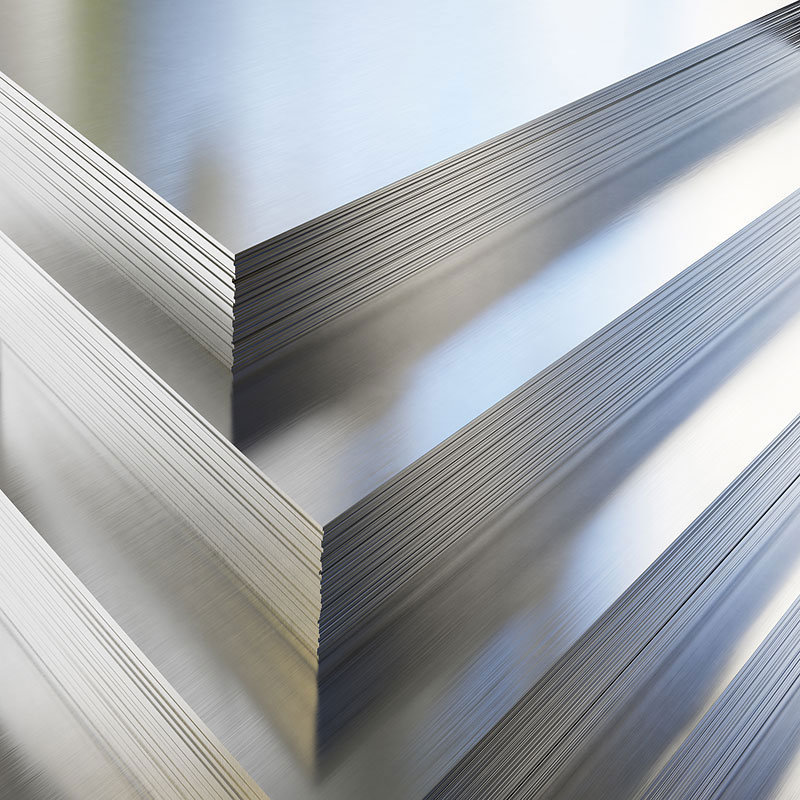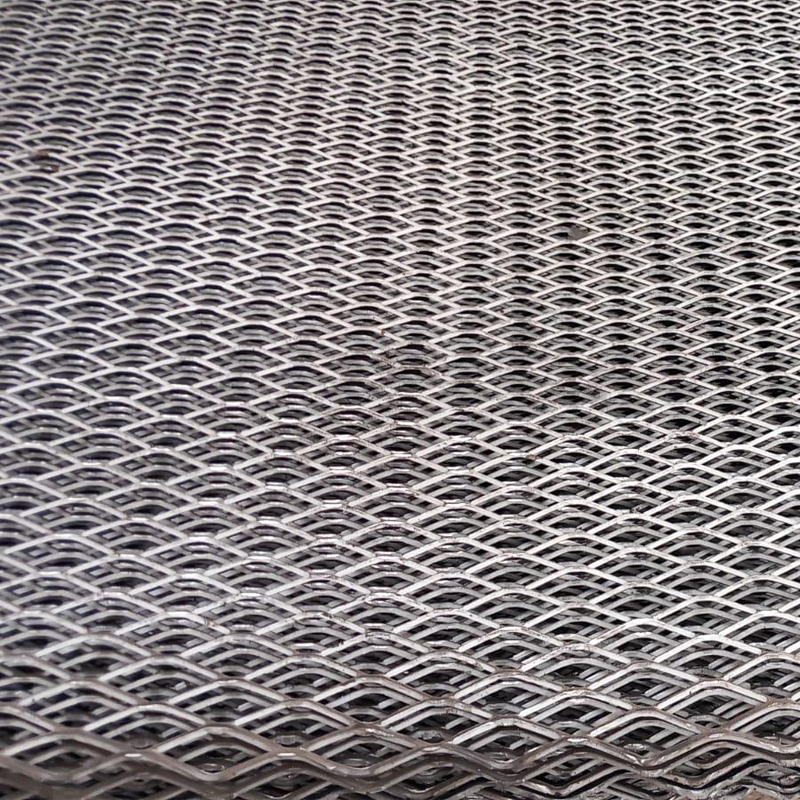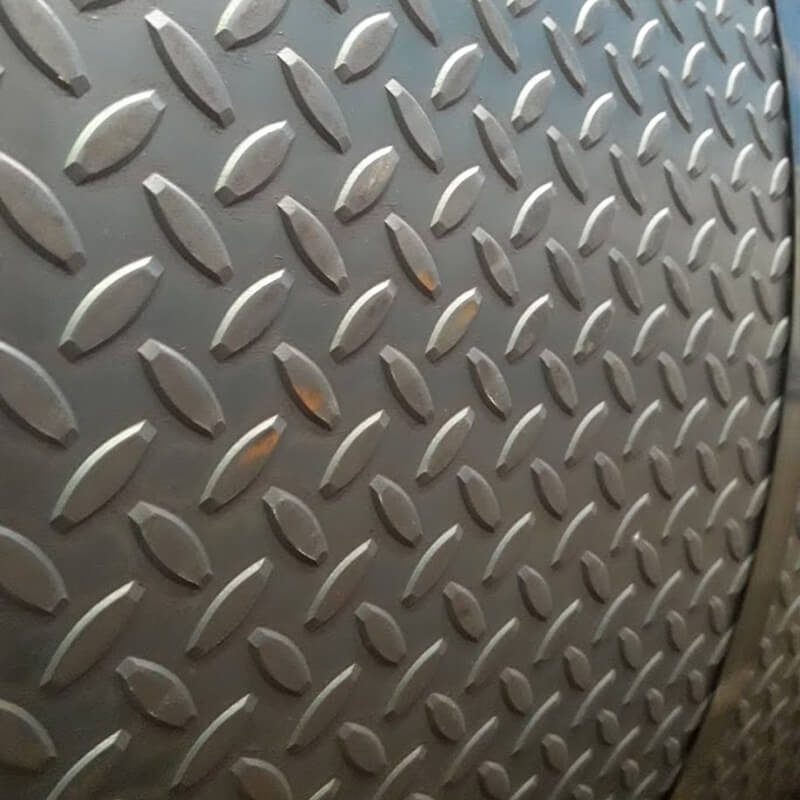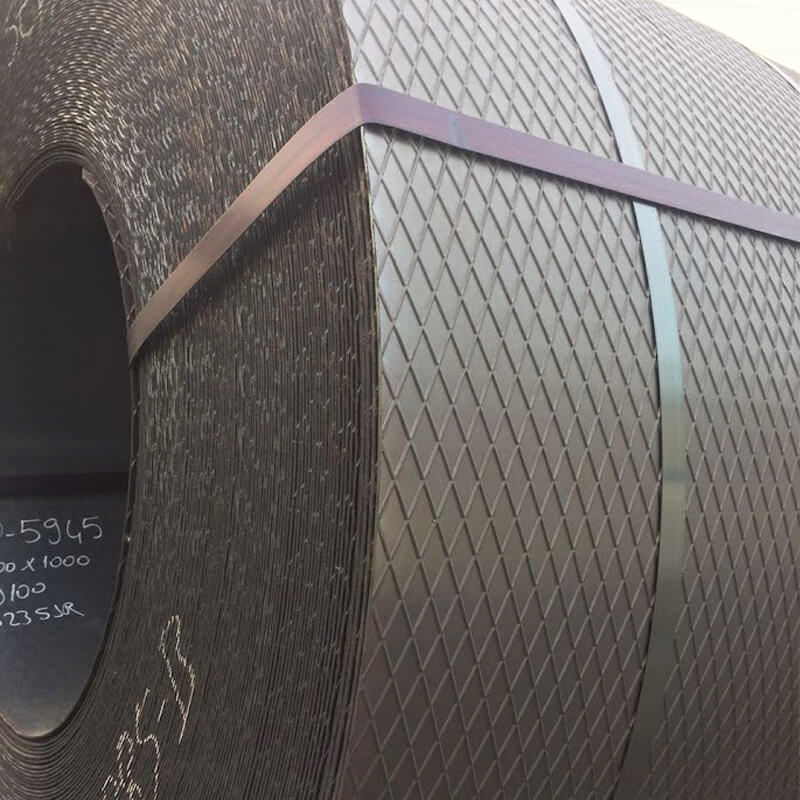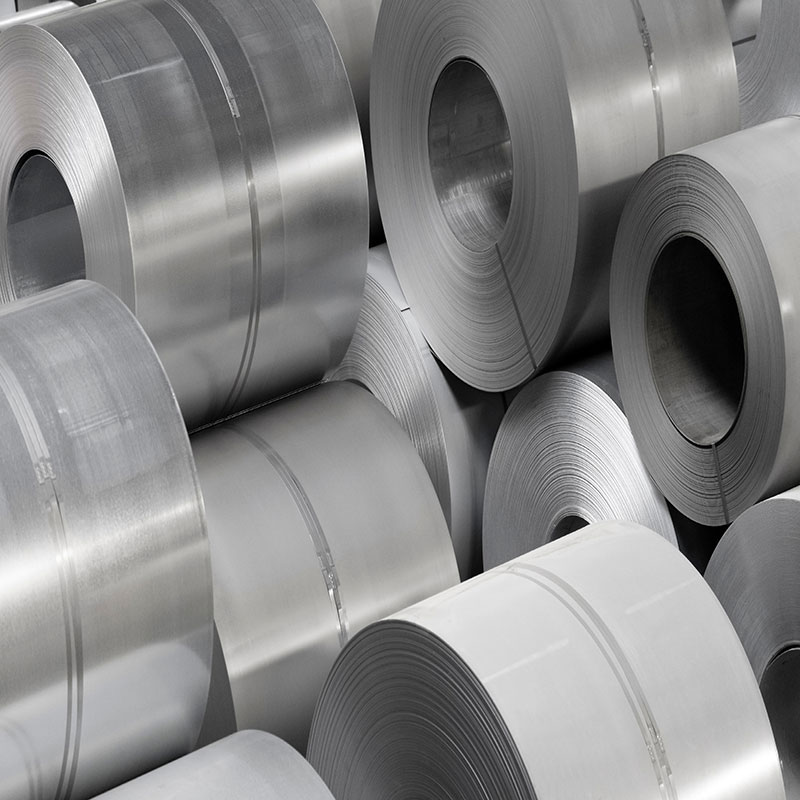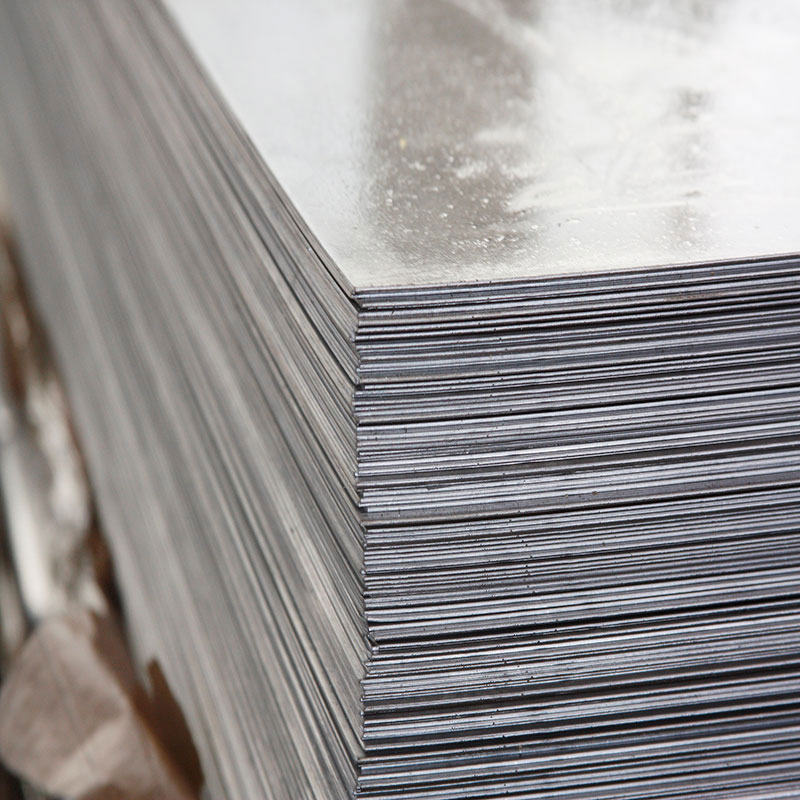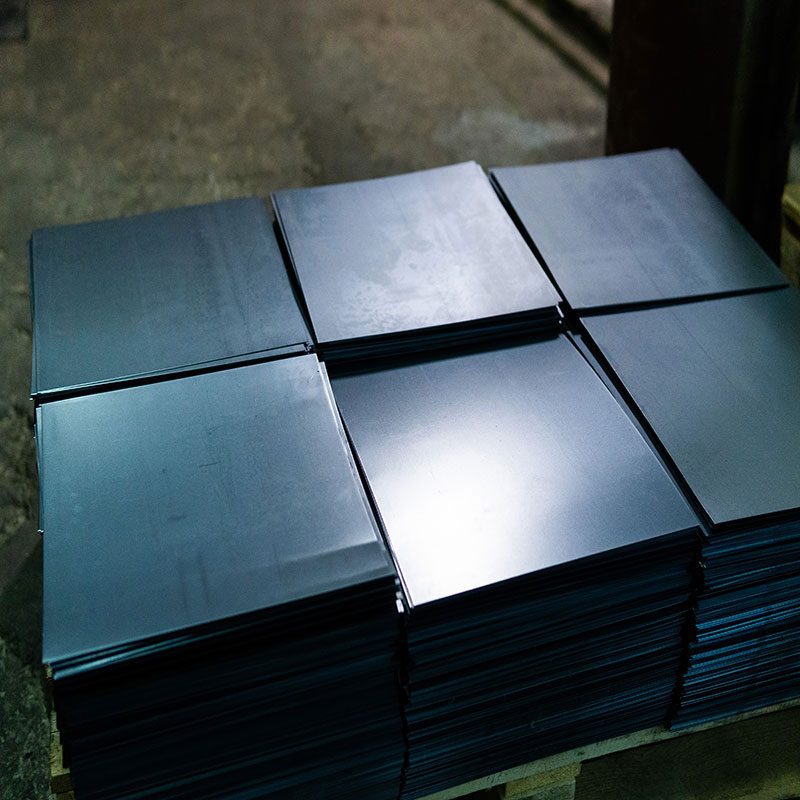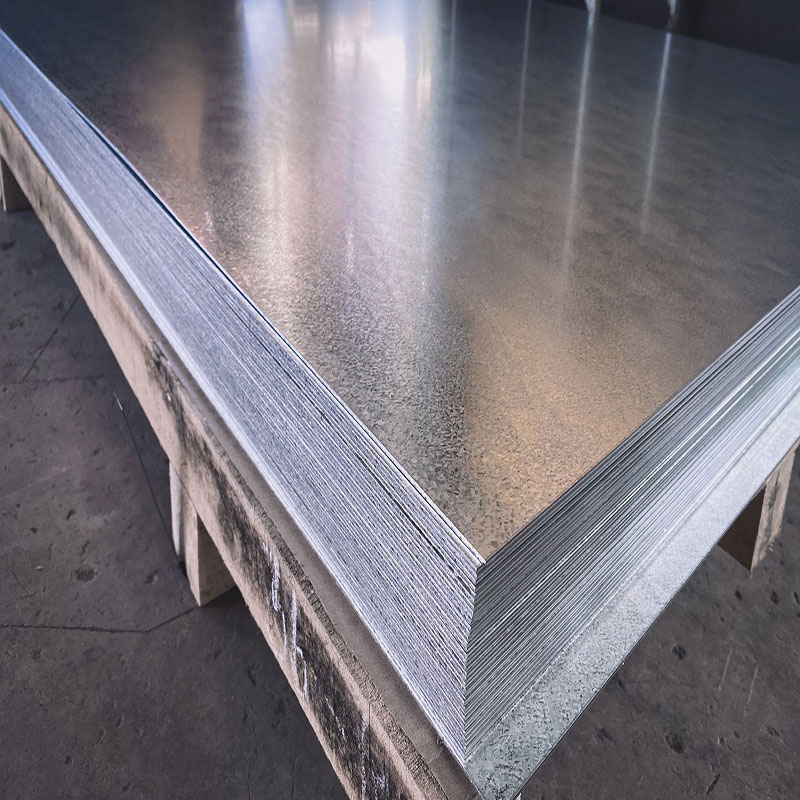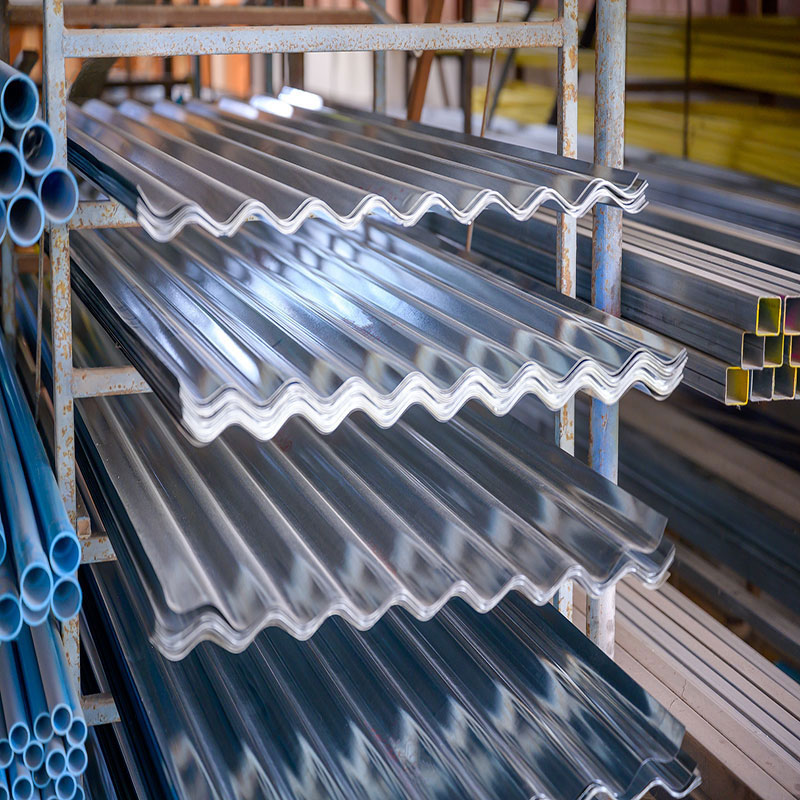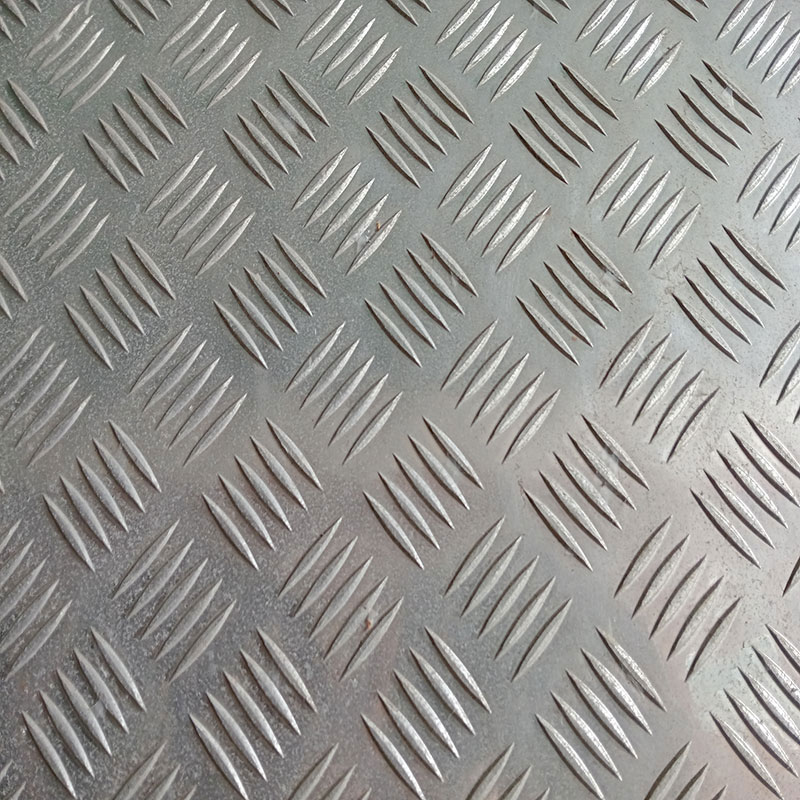What is Sheet Metal Production?
Sheet metal production refers to the process of processing and shaping metal sheets used in various industries. In this process, raw metal is put through different procedures to be made into sheets. Sheet metal manufacturing can be done with metals like steel, aluminum, copper and plays a significant role in sectors such as construction, automotive, household appliances, and shipbuilding.
The sheet metal production process is completed by cutting, shaping, and surface treatments of the raw material. Thanks to modern production technologies, sheet metal production is carried out with high precision. Sheet metal producing companies offer customized products according to customer needs. For instance, sheets produced for different purposes like durable roofing, automotive parts, or fine metal details are manufactured in compliance with quality standards.
Sheet metal manufacturing is carried out using various techniques such as laser cutting, plasma cutting, bending, and welding. These processes are used for sizing and shaping sheets. At the same time, with surface coating processes, the resistance of sheets against rust and corrosion is enhanced. Sheet metal producing companies generally operate with high-tech machines and expert teams to conduct production that is both economical and environmentally friendly.
Sheet metal manufacturing is an indispensable part of modern industries. Sheet metal producing companies offer a wide product range to meet the needs of different sectors. For detailed information about sheet metal production, you can contact firms that specialize in this field.
What Are the Basic Processes of Sheet Metal Production?
Sheet metal production consists of several basic stages. These processes can vary depending on the type of material used and the desired final product. Here are the fundamental processes of sheet metal production:
1. Raw Material Selection
The first stage of sheet metal production is selecting the appropriate raw material. The properties of the metal to be used determine the durability, flexibility, and application area of the sheet metal to be produced. For example, steel sheets are generally preferred in the construction sector, while aluminum sheets are used in sectors like aerospace where lightness is required.
2. Hot Rolling
The raw material is typically processed at high temperatures. This process is done to make the metal easier to shape and to obtain sheets of the desired thickness. During hot rolling, the metal's surface is smoothed and internal stresses are reduced.
3. Cold Rolling
After hot rolling, the sheet is further thinned and its surface quality is improved through the cold rolling process. This stage is particularly important for applications requiring aesthetic and precise surfaces.
4. Heat Treatments
Micro cracks and internal stresses that form in the metal structure during production are eliminated through heat treatment. This process enhances the mechanical properties of the material and makes it more durable.
5. Coating and Surface Treatments
To increase the corrosion resistance of the sheets and give them an aesthetic appearance, processes like galvanizing, painting, or coating are applied.
What Are the Types and Features of Sheet Materials?
Sheet manufacturers produce various types of sheets to meet the needs of different industries. Each type of sheet possesses unique properties and is used in specific applications.
1. Steel Sheets
Steel sheets are among the most preferred types of sheets due to their high strength and durability. They are widely used in construction, automotive, and shipbuilding industries.
2. Aluminum Sheets
Aluminum sheets are lightweight, corrosion-resistant, and malleable, making them prominent in the aerospace and electronics sectors. They are also favored for decorative applications.
3. Copper Sheets
Copper sheets are widely used in the electrical and electronics sectors due to their high conductivity. They are also preferred in applications requiring heat transfer.
4. Stainless Steel Sheets
Stainless steel sheets, with their superior corrosion resistance, are used in the food, healthcare, and chemical industries. They are both durable and aesthetically pleasing.
Main Technologies Used in Sheet Metal Production
Sheet metal production, as a cornerstone of the metalworking industry, is currently carried out using advanced technologies. The technologies used in the production process vary based on the type of material, area of use, and customer requirements. The main technologies commonly used in sheet metal production include rolling, laser cutting, plasma cutting, and CNC technology.
Rolling is the most frequently used method by sheet metal manufacturers. In this method, metal is processed hot or cold to form it into thin sheets. Hot rolling is particularly preferred for the rapid production of large-volume sheets, while cold rolling is ideal for thinner and more precise sheets.
Laser cutting technology, on the other hand, is used in projects requiring high precision. This method allows sheet metal manufacturers to offer complex designs and detailed craftsmanship. With CNC machines providing automation, sheet metal production can be accomplished faster and at lower costs. Plasma cutting offers superior performance in cutting thick sheets and is frequently preferred in industrial projects.
History and Development of Sheet Production Process
Sheet production has evolved throughout history with the development of metalworking processes, reaching its modern form today. It is known that metalworking techniques first emerged during the Iron and Bronze Ages. In the Middle Ages, metals were turned into thinner layers using forging and hammering techniques, and the industrial revolution marked a turning point in this process.
With the use of steam power in industry in the 18th century, metalworking and sheet production gained significant momentum. During this period, sheet manufacturers began producing in larger volumes with new tools like rolling machines. The 20th century stood out with the diversification of sheet production technologies. Modern cutting methods such as laser and CNC were developed during this time. Today, sheet production can be carried out both with high precision and in large quantities.
What are the Industrial Uses of Sheet Production?
Sheet production plays an indispensable role in many different areas of industry. It is frequently used in sectors such as construction, automotive, white goods, aviation, and energy. In particular, sheet products are preferred in the construction sector for roofs, wall claddings, and various structural elements.
The automotive sector is one of the significant clients of sheet producers. Sheets are used in the production of vehicle bodies as well as in engines and other mechanical components. In the white goods sector, sheets are preferred for the exterior surfaces of products such as refrigerators, ovens, and washing machines. In the aviation sector, lightweight and durable sheet materials are used in the production of aircraft bodies.
In the energy sector, sheets are critical in the production of renewable energy systems like wind turbines and solar panels. Additionally, materials provided by sheet producers are widely used in areas such as industrial machinery, shipbuilding, and the defense industry.
What Are Sheet Cutting and Shaping Techniques?
Sheet cutting and shaping techniques play an important role in metal production. These techniques allow sheet metal manufacturers to create the specific forms required for various products. Among the most common shaping techniques in the sheet production process are laser cutting, plasma cutting, guillotine cutting, and water jet cutting.
Laser Cutting:
Laser cutting technology is used to cut sheet metal precisely. With high-intensity laser beams, even complex shapes and details can be easily achieved. This method saves time while minimizing waste.
Plasma Cutting:
Plasma cutting uses high-temperature plasma to cut metal surfaces. This method is ideal for thick sheet materials and is often preferred for durable metals like steel and aluminum.
Guillotine Cutting:
Guillotine cutting allows for cutting sheet metal to desired dimensions using hydraulic or mechanical pressure. Sheet metal manufacturers who engage in mass production frequently use this method.
Water Jet Cutting:
Water jet cutting is noted for being an environmentally friendly method. It cuts sheet metal using high-pressure water and abrasive materials. It's much easier to produce precise shapes since it eliminates the heat's impact on the material.
What Are the Applications of Sheet Metal in the Construction and Building Sector?
Sheet metal is used in a variety of areas within the construction and building sector. These primarily include roofing, facade systems, and structural support elements. Steel and aluminum sheets produced during the sheet metal production process are preferred for their durability and light weight.
Roofing:
Sheet metal, typically made from galvanized steel or aluminum, is commonly used as roofing material. Its long-lasting and durable nature makes it widely used in roofing systems.
Facade Cladding Systems:
In modern building designs, sheet metal facade cladding systems offer both aesthetics and durability. With various colors and textures, they add flexibility to architectural solutions.
Structural Support Elements:
Angles, profiles, and columns made from sheet metal are used as load-bearing elements inside buildings. Sheet metal production provides suitable materials for such structural elements.
What Should Sheet Metal Producing Companies Pay Attention To?
Sheet metal producers should pay attention to certain aspects to improve both production quality and customer satisfaction.
Material Quality:
The quality of the raw materials used in sheet metal production directly affects the durability and performance of the final product. Companies should act diligently in the raw material procurement process.
Technological Investments:
Investing in modern production technologies increases production efficiency and quality. Innovations such as laser cutting or automated systems can make the production process more effective.
Eco-Friendly Practices:
Sheet metal producers should prioritize eco-friendly practices that support recycling and reduce carbon footprint.
Customer Service:
Understanding customer expectations and ensuring timely deliveries are keys to long-term success in the industry.
Quality Control Processes in Sheet Metal Manufacturing
Quality control in sheet metal manufacturing ensures both the effectiveness of the production process and the compliance of products with standards.
Raw Material Inspection:
Prior to production, the quality of raw materials must be checked. This step aims to verify the material's compliance with international standards.
Monitoring the Production Process:
Throughout sheet metal production, products are regularly inspected. Features such as thickness, size, and shape are measured to ensure they meet the prescribed tolerances.
Final Product Inspection:
Final products undergo a detailed quality control process before shipment. At this stage, factors such as surface quality, durability, and lifespan are tested.

 TR
TR

 Box Profiles
Box Profiles Sheets
Sheets Pipes
Pipes Rolling Mill Products
Rolling Mill Products Construction Steels
Construction Steels Steel Meshes
Steel Meshes Construction Steel
Construction Steel Engineering Steels
Engineering Steels